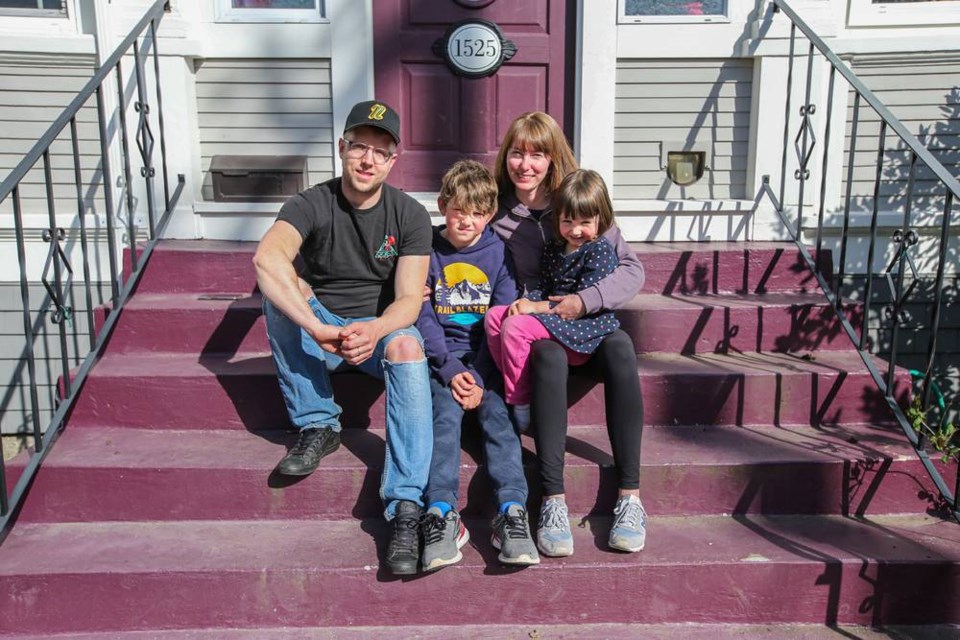Five Greater Victoria schools had COVID-19 exposures during the first week back after spring break — compared to just one in all of February — heightening parents’ anxiety and leading some to pull their children from school.
Island Health warned families and staff last week that “significant numbers” of exposures were expected in the weeks after spring break as cases in the region, including in children, were on the rise. On Monday, Island Health recorded 100 cases over a two-day period, and on Saturday, the region recorded 147 cases during the previous 48 hours. The previous daily record was 55.
Eight Island schools reported exposures last week, compared with a total of 16 in the first two weeks of March. While the number of school exposures doesn’t yet appear to be increasing, more of the exposures are now in the Greater Victoria area.
That mirrors a broader change in community transmission on the Island, with the south Island now outpacing the central region in cases. As of Thursday, the most recent day for which numbers were available, there were 189 active cases in the south, compared to 171 in the central Island and 32 in the north.
Matt Dell and his wife decided to temporarily keep their kids — Corbin, 8, and Sophie, 4 — out of school and daycare after receiving a notice of an exposure at Corbin’s school last week.
They expect to keep the children home for two weeks to assess the impact of new restrictions on new case numbers. Dell said they’ll try to ensure Corbin is learning at home with online apps, but with both parents working from home, “it’s going to be a stressful couple of weeks.”
He said he’s disappointed the province didn’t act sooner as cases were on the rise.
“It would just be easier if we could just trust the system. But unfortunately, again, I think government has let it get out of control,” he said. “I don’t want to knock them too bad. But like, come on, we all knew what was happening.”
Daniel Coombs, a mathematics professor at the University of British Columbia with expertise in epidemic modelling, said the majority of evidence from studies worldwide indicates transmission in children is quite low, and clusters of transmission in schools often involve adults, like teachers or parents. Evidence also suggests mitigation measures in schools can reduce transmission, he said.
While there are claims that the B.1.1.7 variant is more transmissible in children, Coombs said the data relied upon to reach that conclusion came from the U.K. when much of society was locked down — with the exception of schools. “So if there was transmission, it was inevitable you were going to see school transmission as a chunk of it,” he said.
Coombs is continuing to send his two children, ages 11 and 16, to school in Vancouver despite exposure notices.
Recognizing that the decision to send kids to school or keep them home is a family one, Coombs said his advice to parents is to “monitor the situation, try to encourage your kids to be as safe as they can and try not to worry too much.”
In Ontario, the Peel region west of Toronto announced Monday it was closing schools for two weeks in an effort to slow transmission, as the province reported 6,000 cases over a two-day span.
regan-elliott@timescolonist.com



